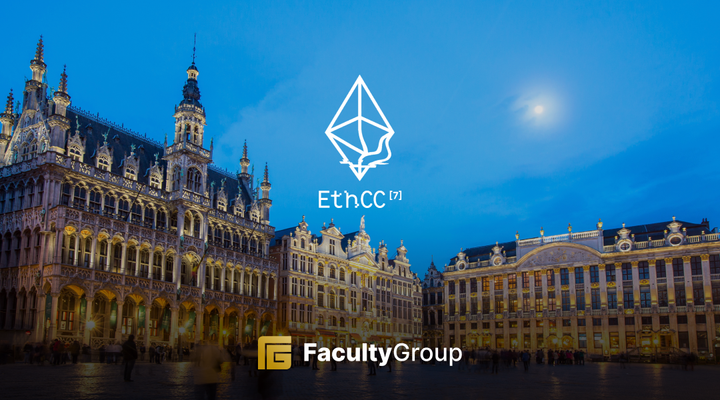Why ETH will flip Bitcoin in 2023
Having completed The Merge, Ethereum is now on course for this month's Shangai upgrade. We believe that Ethereum’s market capitalisation will overtake Bitcoin’s for the first time. Let’s dive into what the ‘flippening’ will mean for the market and ETH staking as an investment vehicle.

What is ETH staking?
Ethereum staking is the process of locking up ETH tokens to help validate blocks and secure the Ethereum network through its post-Merge proof-of-stake consensus mechanism. In return, stakers receive staking rewards in the form of more ETH. On-chain ETH staking yields are currently around 5% APY. There are three ways to stake Ethereum: (i) staking through a centralised exchange (you know how that turns out), (ii) via staking pools, or (iii) by running a node(s). Most investors tend to stake ETH through staking pools rather than by running a node, as it requires 32 ETH staked to become a validator. In today’s money this represents a huge investment which is why many projects are pooling ETH into investment ‘staking’ derivatives to take advantage of the opportunities presented by EIP-1559.
Fundamentally, EIP-1559 changed Ethereum’s fee market mechanism. There is now a “base fee” for transactions included in the next block. Users or applications that want to prioritise their transaction can add a “tip,” which is called a “priority fee”, to pay a miner for faster inclusion. The base fee is burnt, which can make Ethereum ‘deflationary’ over time (if the burn is greater than ETH issuance). Even though tokens are minted through staking, the overall supply of ETH can go up, down or stay stable over time depending on the burn versus issuance rate. Currently, there is no ability to withdraw ETH that has been staked.
What is the Shangai upgrade?
On January 5, 2023, the launch date for implementing this upgrade as a network hard fork was approved. Users will be able to test the update with a Shanghai-implemented public test network at the end of February. Shanghai and Capella (Shapella) are the upcoming Ethereum hard fork names. Shanghai is the fork’s name on the execution layer and Capella is the fork’s name on the consensus layer.
Although there is much speculation that Shangai will result in profit-taking, we believe the flexibility to stake and un-stake ETH without being locked in will bring more investors and institutions into ETH staking and will increase the number of participants offering LSDs or Liquid Staking Derivatives. It will achieve full functionality as an investment vehicle; ETH currently has a 14% staking rate which is very low compared to all other proof-of-stake blockchains (and its Layer1 alt-coin competitors).
ETH and Bitcoin are the only institutionally accepted digital assets. However, ETH stands out because it is a productive yield-bearing asset with a running business model that is profitable. This means stakers are earning ‘real’ yield that is covered by actual fees, and an investor’s relative stake in the network stays the same over time. Unlike many networks, this is not artificial inflation created by giving out pre-mined reserves to stakers to secure your network through artificial revenue but actual revenue sharing of transaction fees plus issuance that is offset by burning.
This dynamic equilibrium benefits everyone by creating ‘real’ asset yield. The genius of EIP-1559 is its ability to continually reward staking while simultaneously reducing (through burning base fees) the supply of ETH and having transaction fees distributed to stakers. Why did we all think we needed an Ethereum killer? That is the real mystery.
Ethereum continues to evolve and develop its network to deliver for stakers, users, applications and developers. This will be the year of consolidation towards Ethereum and the ongoing movement of applications to zkrollups and Layer2s. Layer2 applications will greatly reduce network fees and make large-scale adoption cost-effective. It will also allow for greater scalability and throughput, thus creating more value in the network and for application development.








